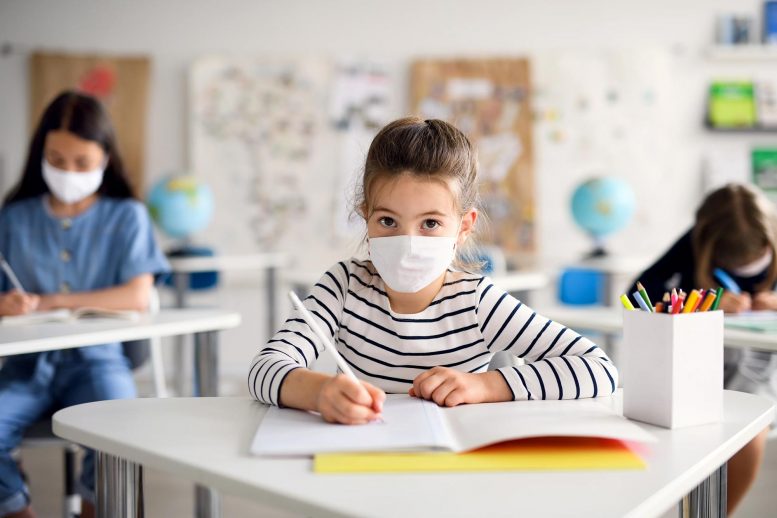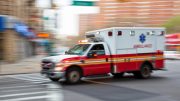
A modeling study revealed that schools can safely reopen with controlled community transmission and moderate COVID mitigation strategies in place.
With adherence to masking and distancing, COVID-19 cases introduced into a school unlikely to lead to community transmission.
A modeling study found that with controlled community transmission and moderate COVID mitigation strategies in place, schools can reopen safely. Asymptomatic screening is one mitigation strategy identified that could facilitate reopening at higher local incidence while minimizing transmission risk. The findings are published in Annals of Internal Medicine.
Researchers from the University of Maryland School of Medicine, Harvard University, Stanford University, and Massachusetts General Hospital used a simulation model to assess the risk for SARS-CoV-2 transmission in schools. The model considered average U.S. classroom sizes for both elementary and high schools. Interactions within schools and homes, as well as those between households outside school, were incorporated. Mitigation strategies included were isolation of symptomatic individuals, quarantine of an infected individual’s contacts, reduced class sizes, alternative schedules, staff vaccination, and weekly asymptomatic screening. Transmission was projected among students, staff, and families after a single infection in school and over an 8-week quarter, contingent on local incidence.
The data showed that school transmission varied according to student age and local incidence and was substantially reduced with mitigation measures, such as teacher vaccination, masking, social distancing, and asymptomatic screening. Testing was impactful because when transmission occurs, it may be difficult to detect as most school-aged children experience asymptomatic or mild infections. While the data suggest that reopening with careful mitigation strategies in place is safe, the authors noted that the risk for transmission was substantially higher in high schools than elementary schools.
An accompanying editorial from New York City Health + Hospitals suggests that during the pandemic, emergency department visits for children aged 5 to 11 and 12 to 17 years that were mental health-related increased approximately 24% and 31%, respectively. Isolation associated with remote learning may be partially to blame. As such, in-person learning is one of the most powerful tools available to support children’s and adolescents’ mental health. Based on the science, local, state, and federal agencies should prioritize effective interventions that permit the benefits of in-person education while protecting the safety of both students and educators.
References:
“Passing the Test: A Model-Based Analysis of Safe School-Reopening Strategies” by Alyssa Bilinski, MS; Joshua A. Salomon, PhD; John Giardina, MA; Andrea Ciaranello, MD, MPH and Meagan C. Fitzpatrick, PhD, 8 June 2021, Annals of Internal Medicine.
DOI: 10.7326/M21-0600
“Resuming In-Person Learning: Safe and Imperative” by Theodore Long, MD, MHS, 8 June 2021, Annals of Internal Medicine.
DOI: 10.7326/M21-2291









Be the first to comment on "Research Suggests That Schools Can Safely Reopen With Proper Mitigation Strategies"